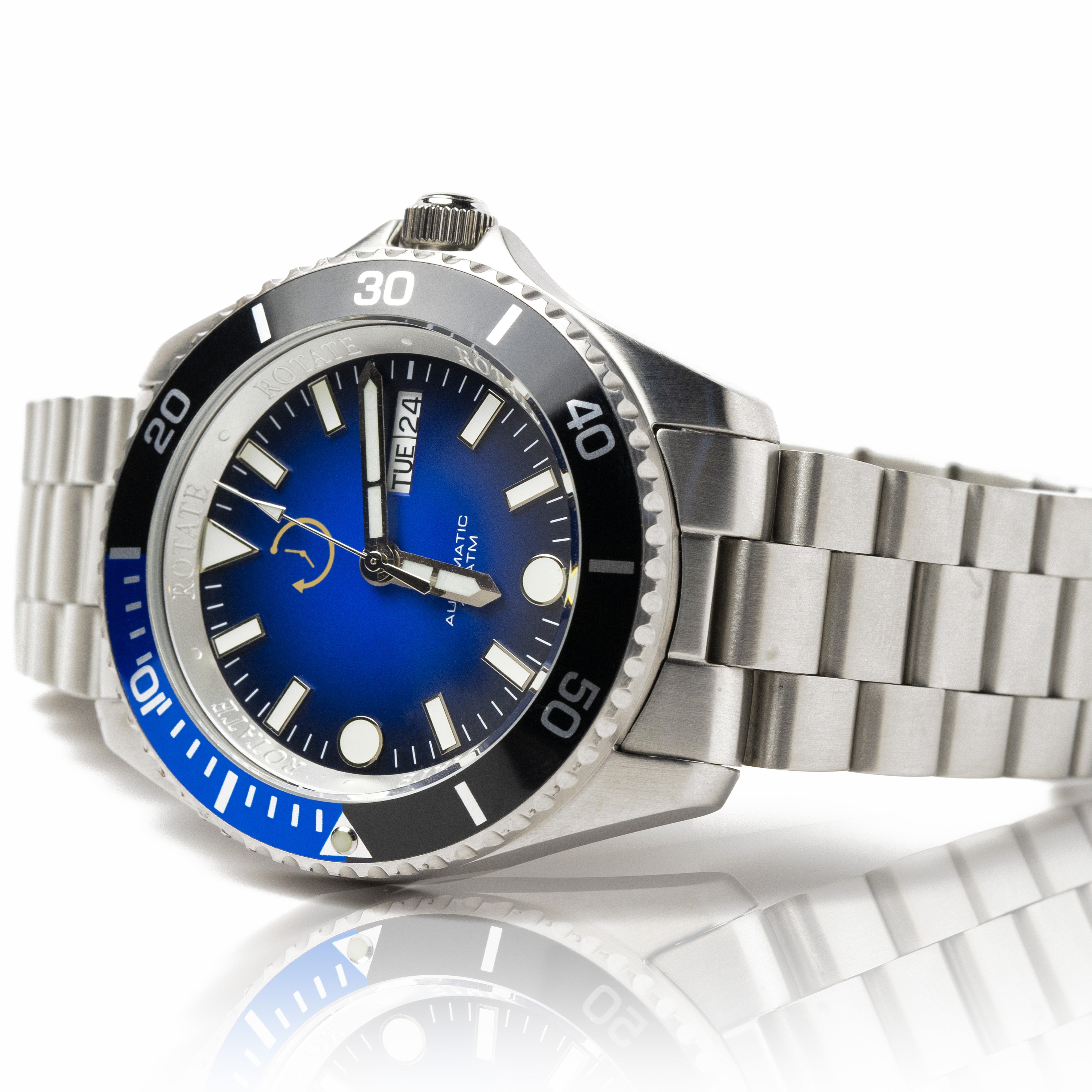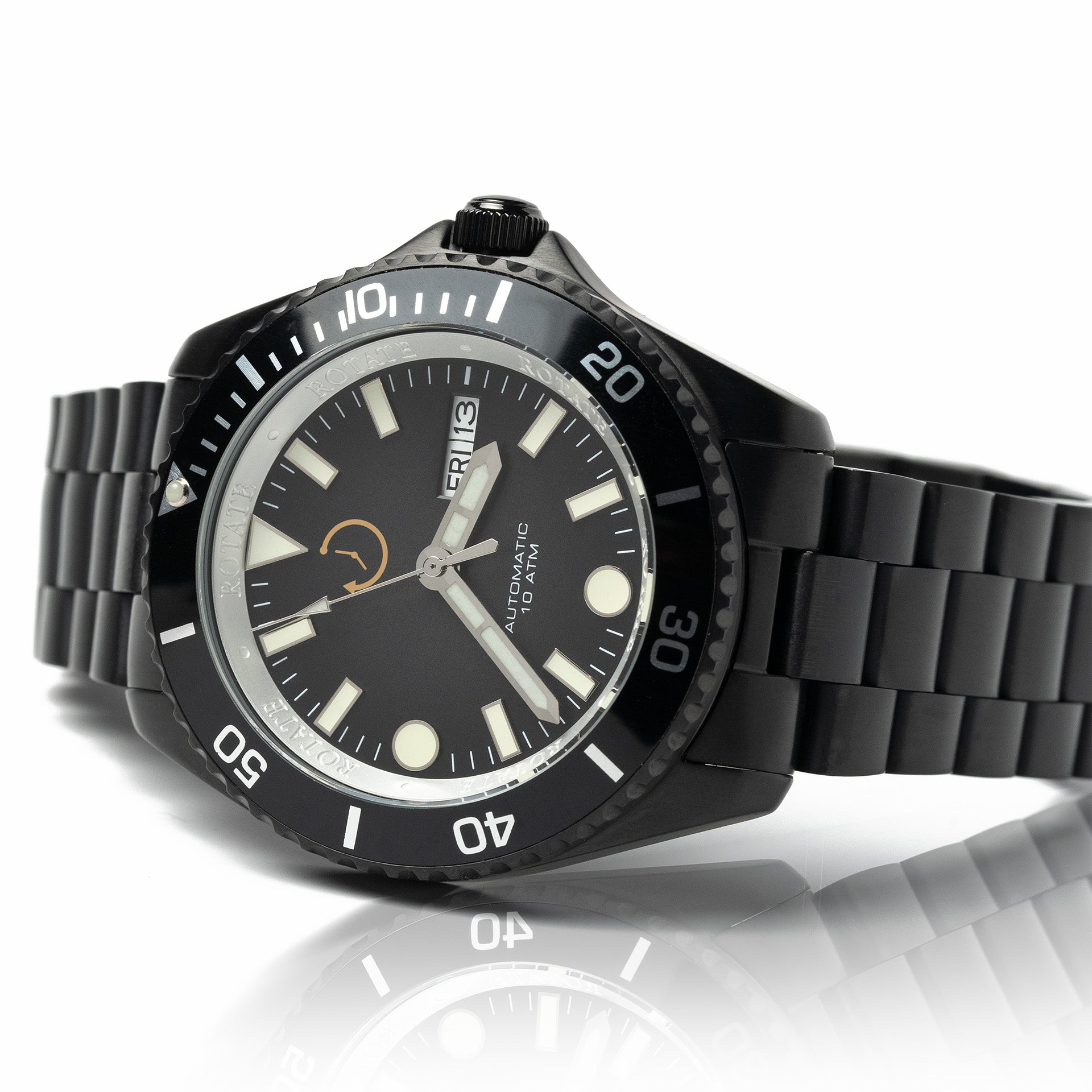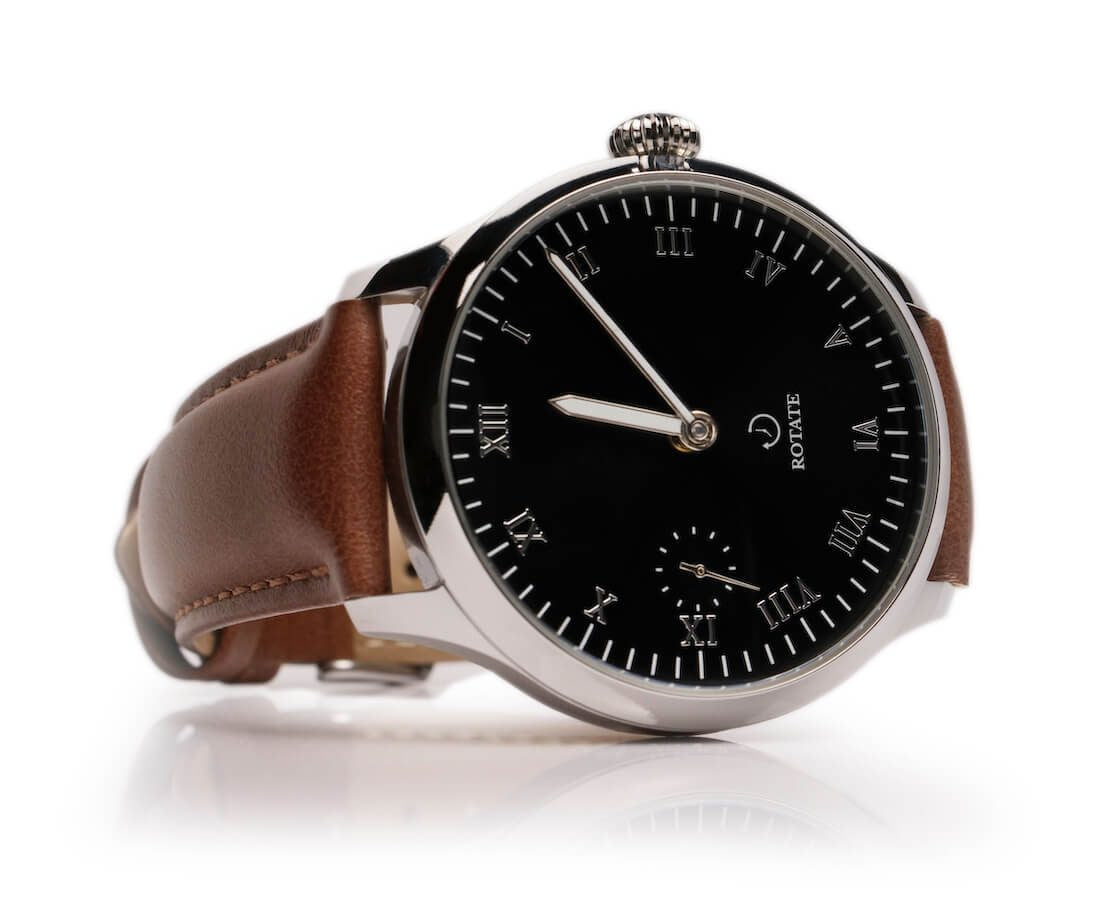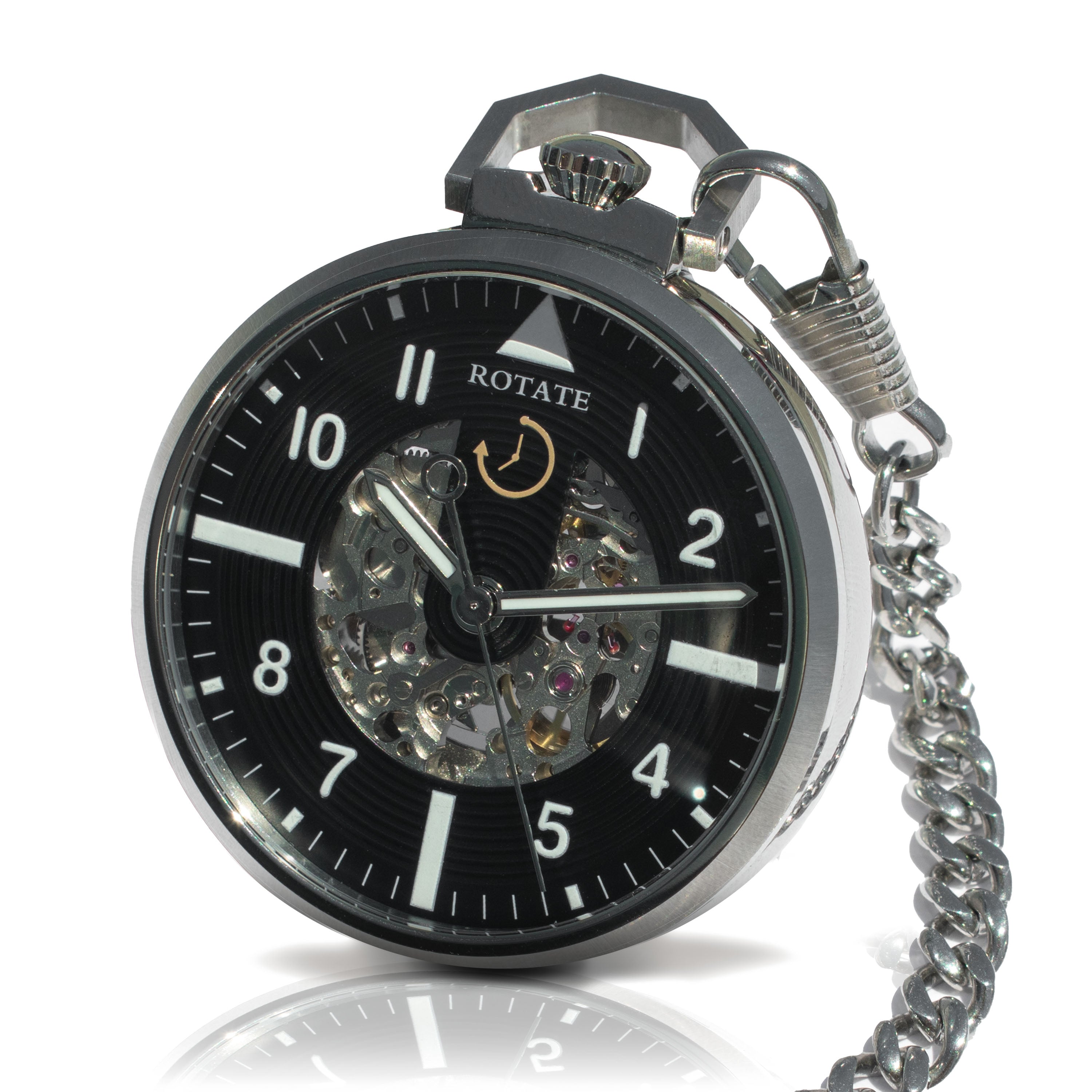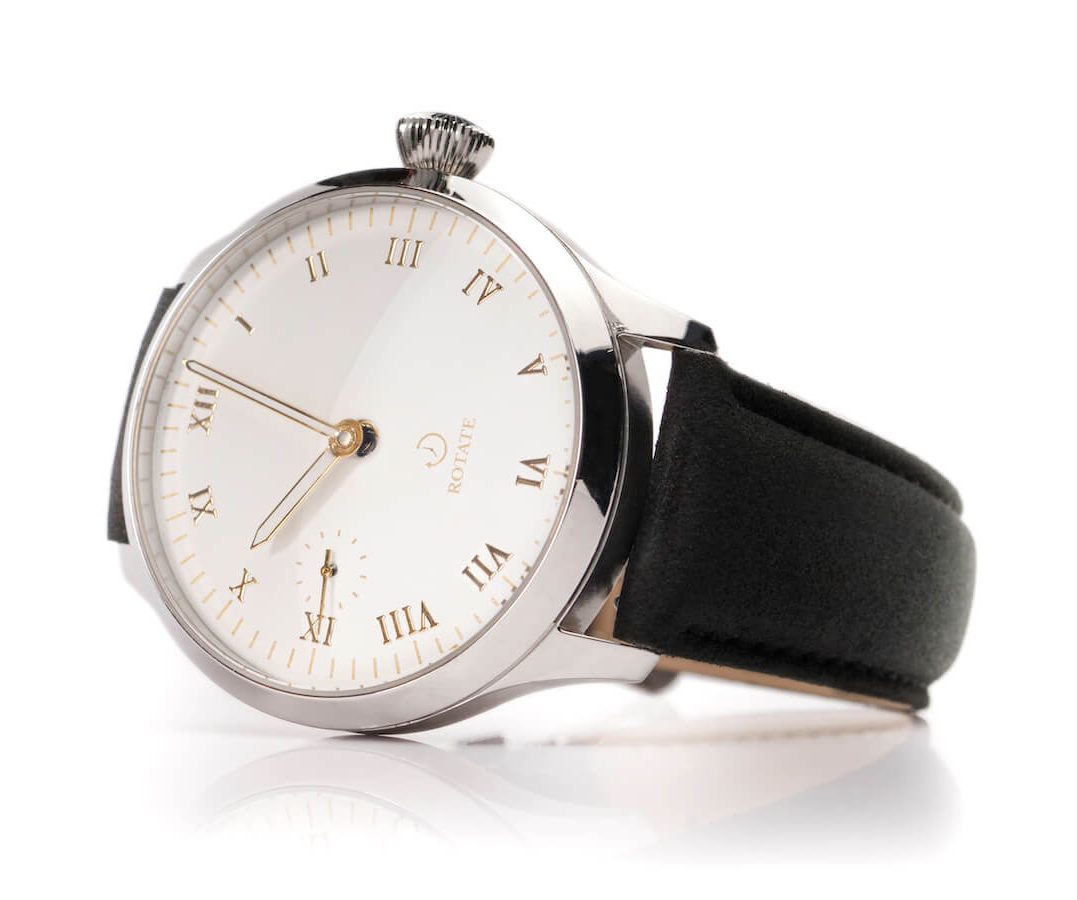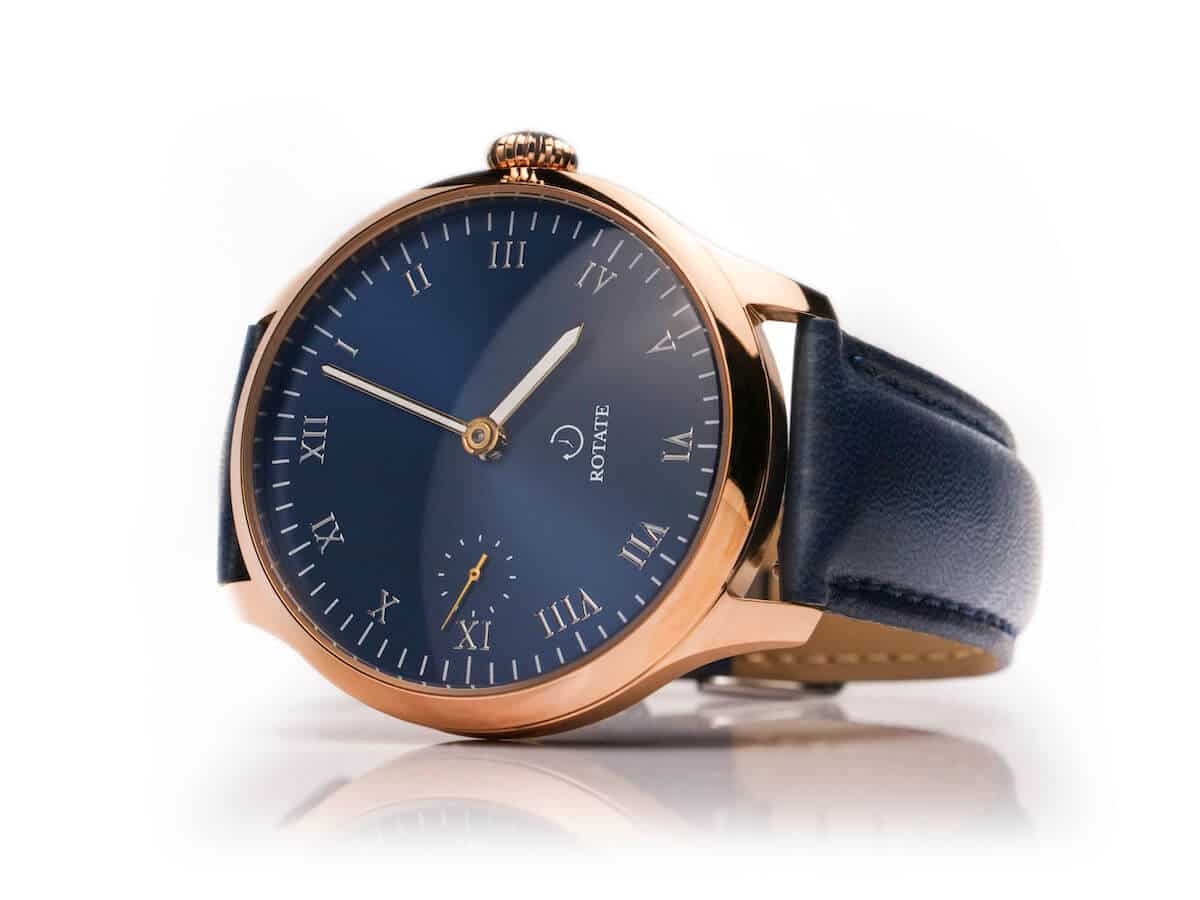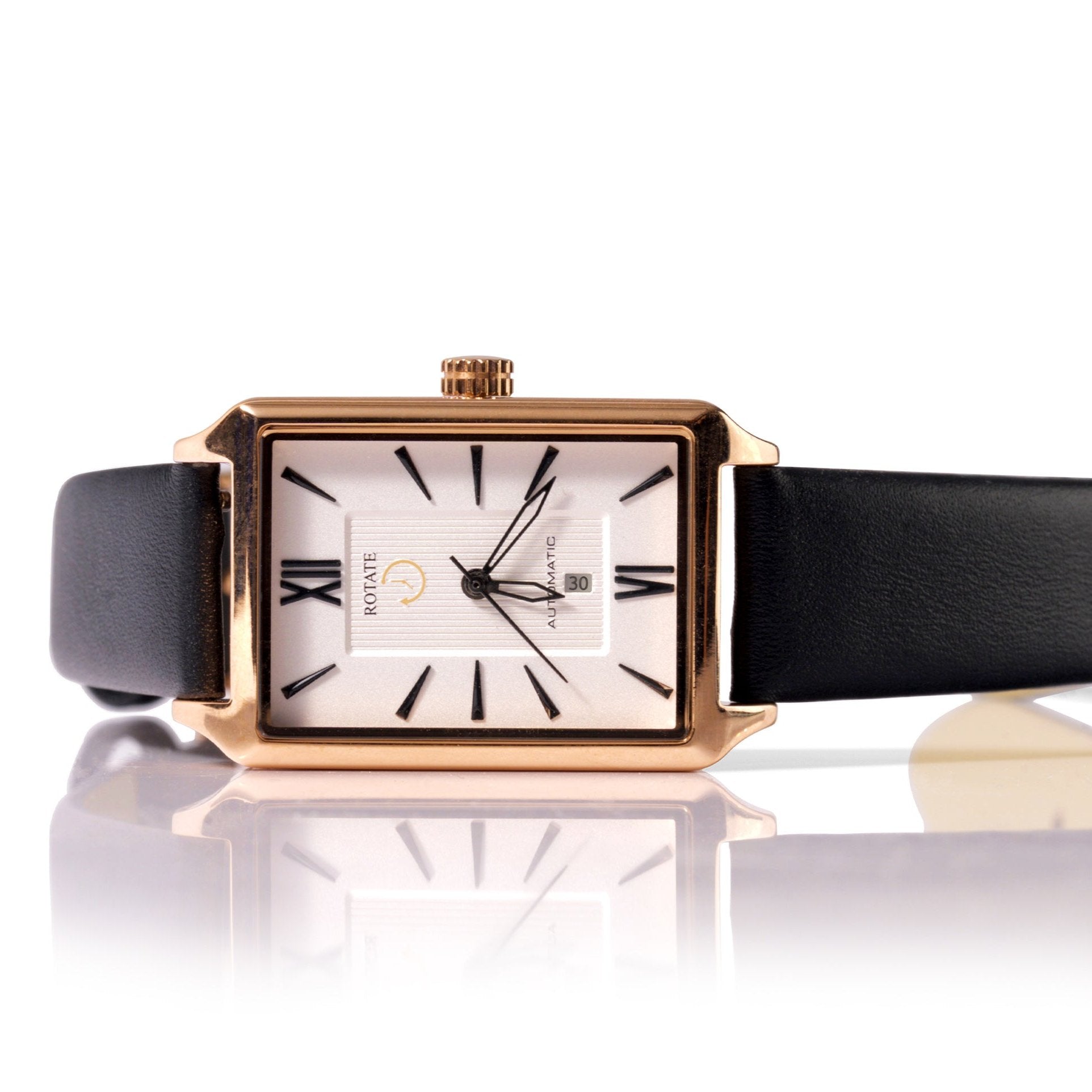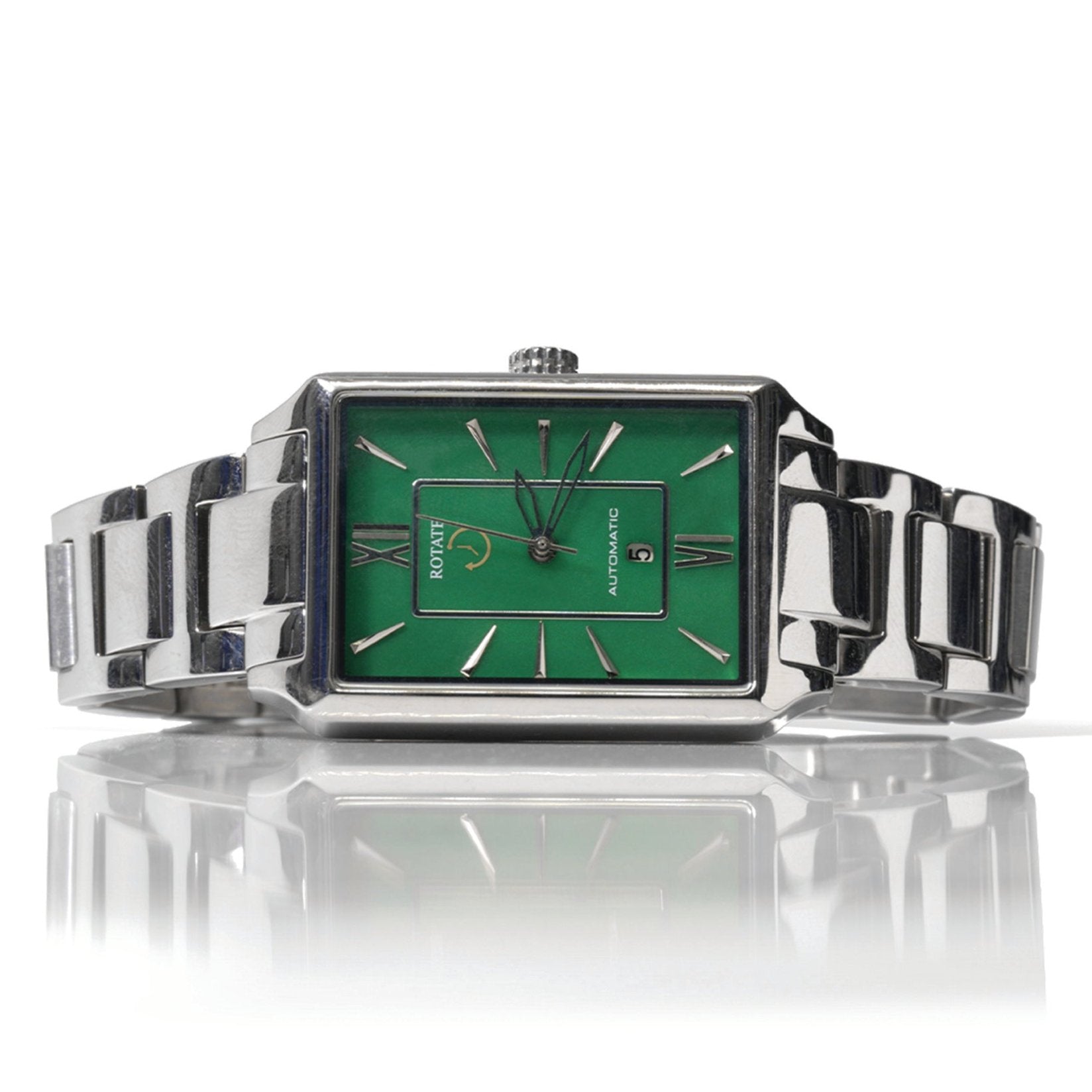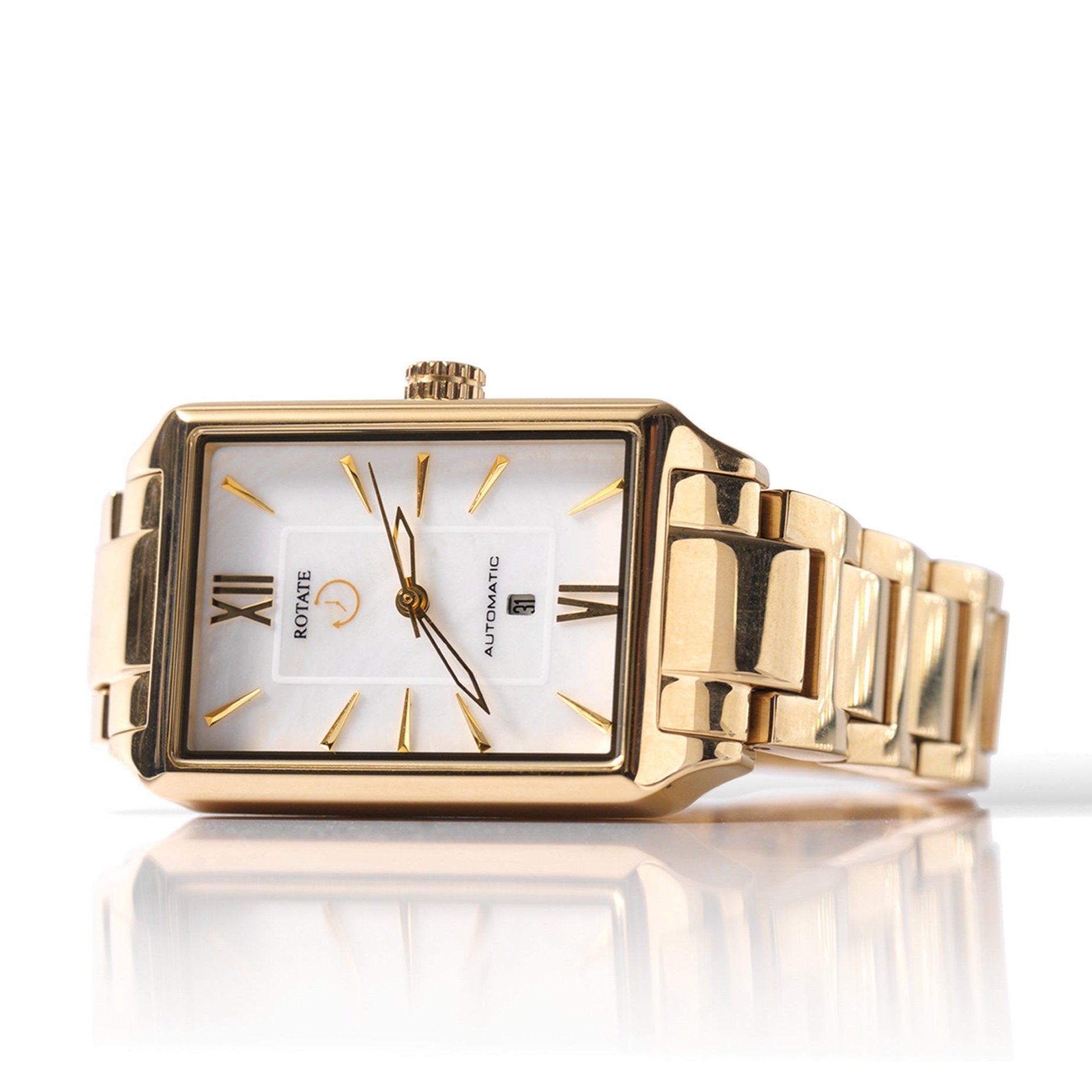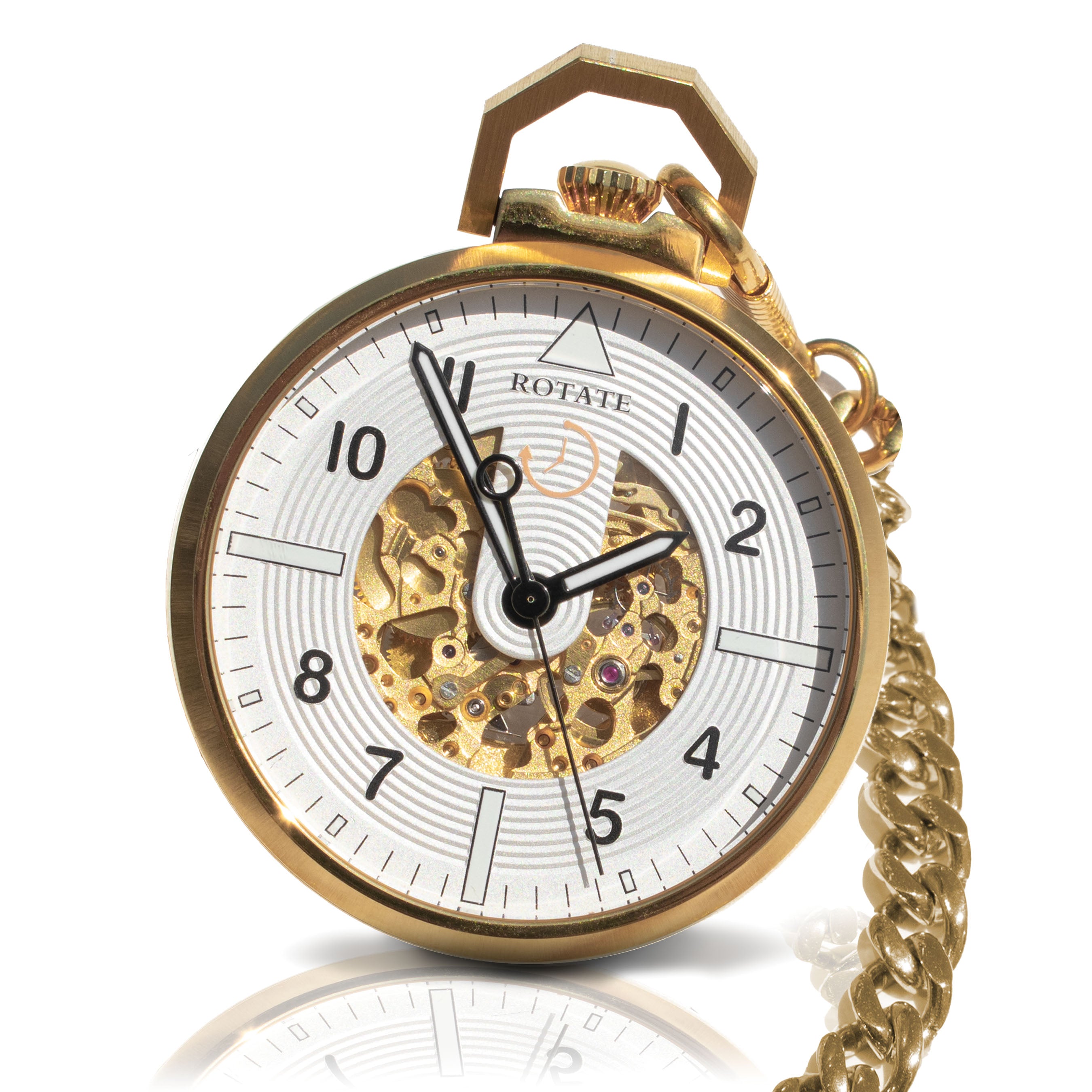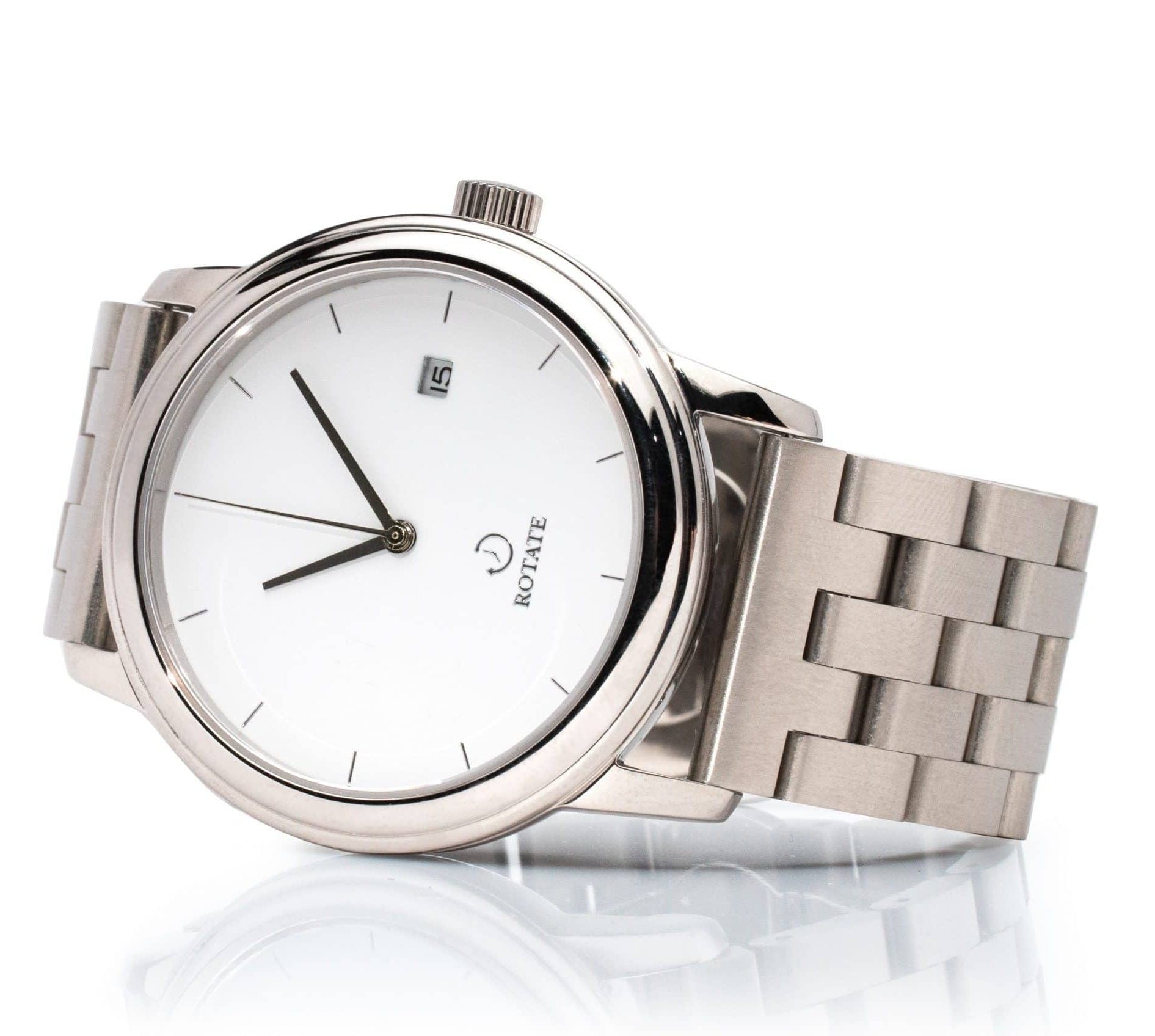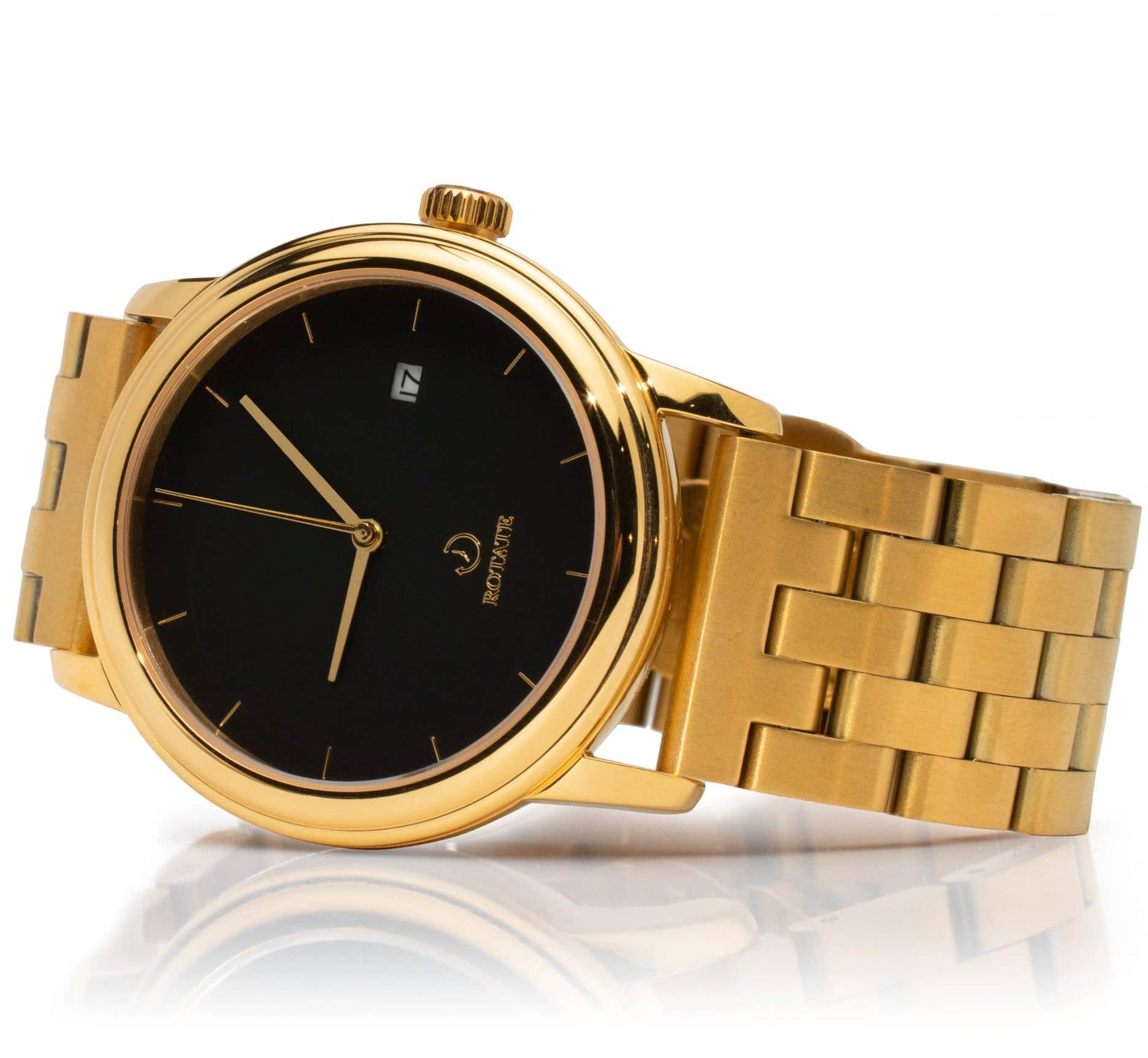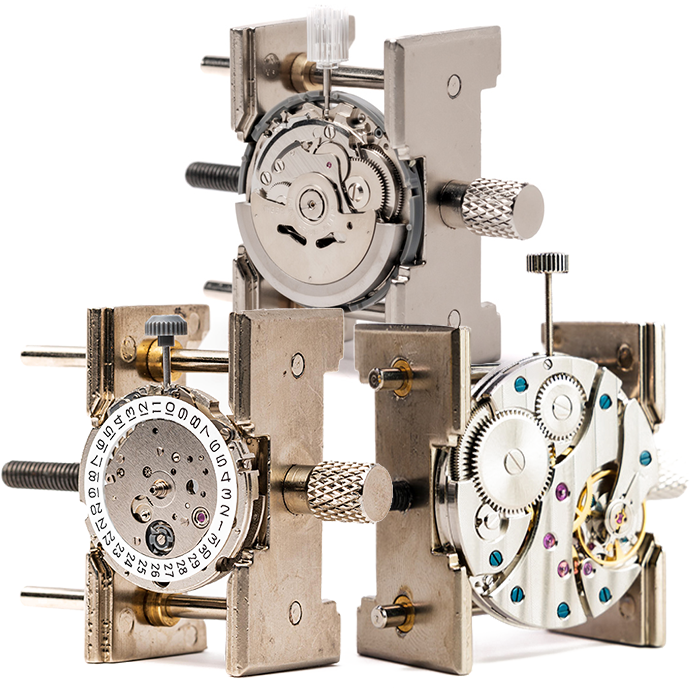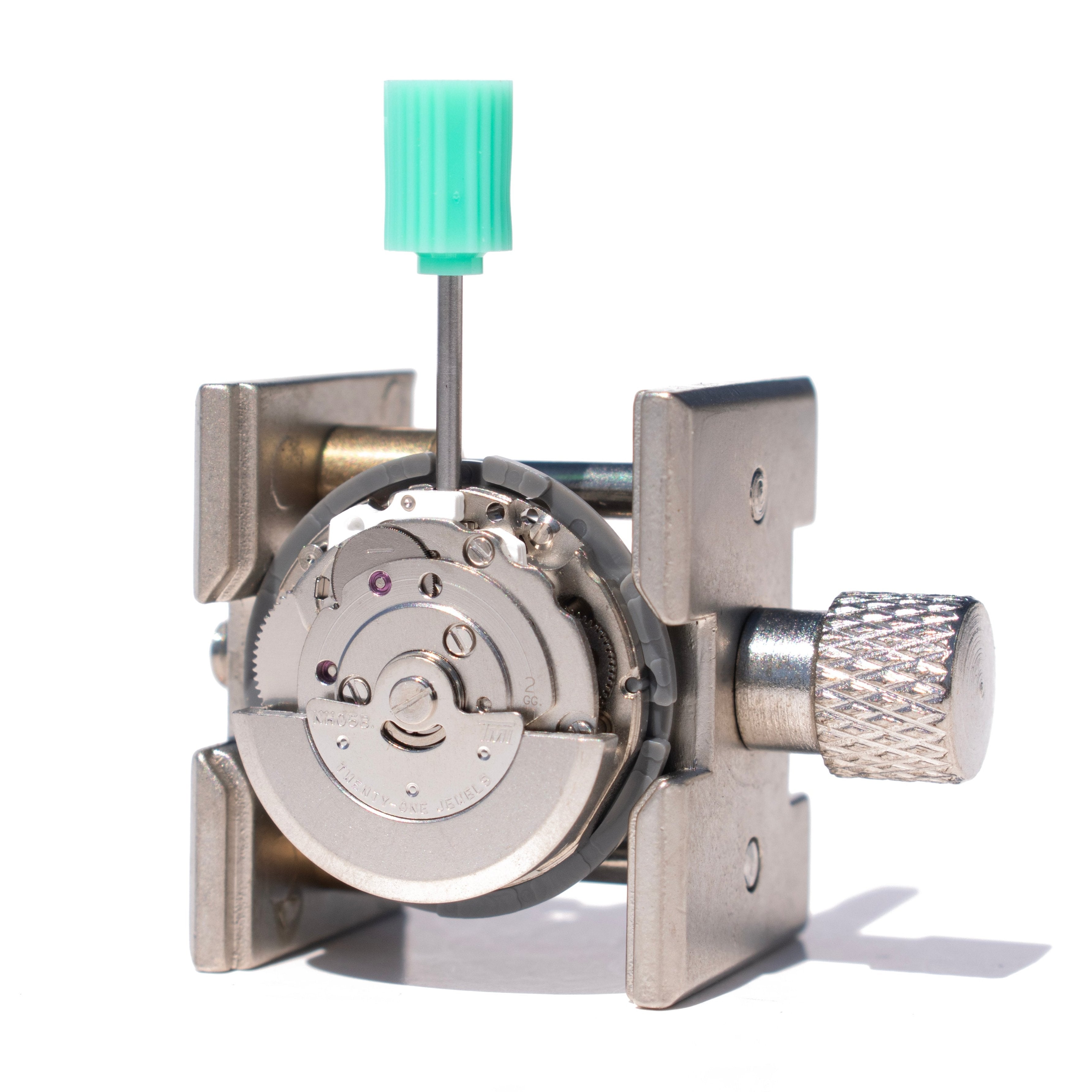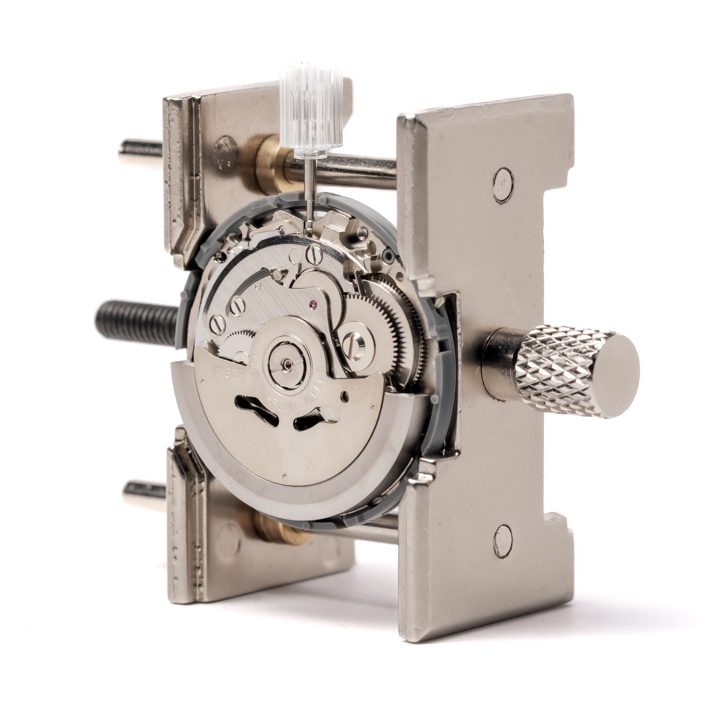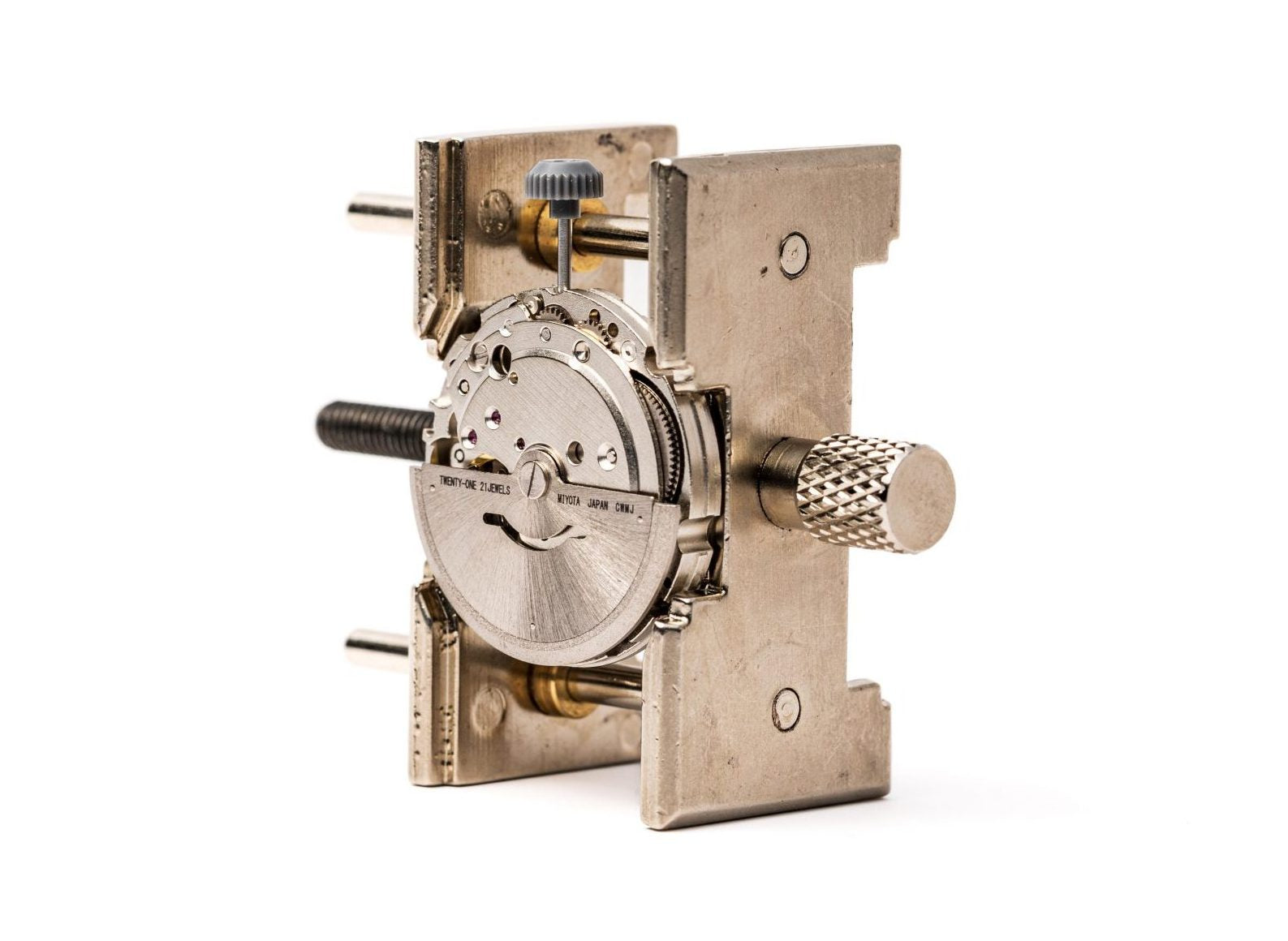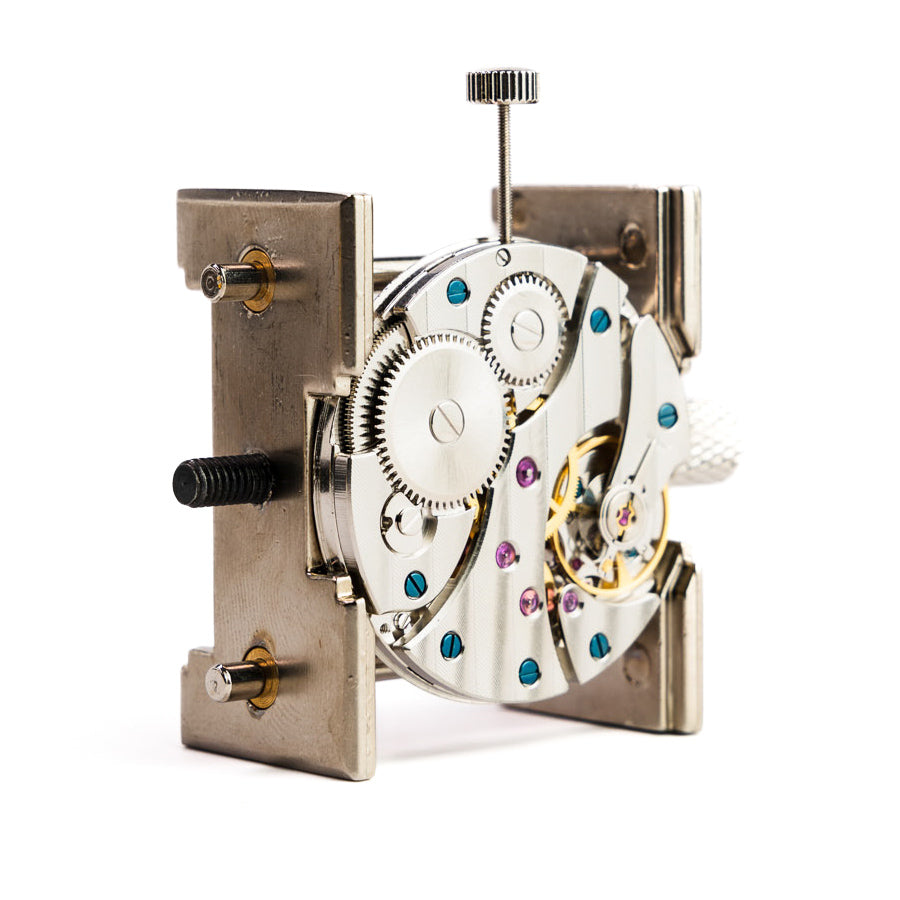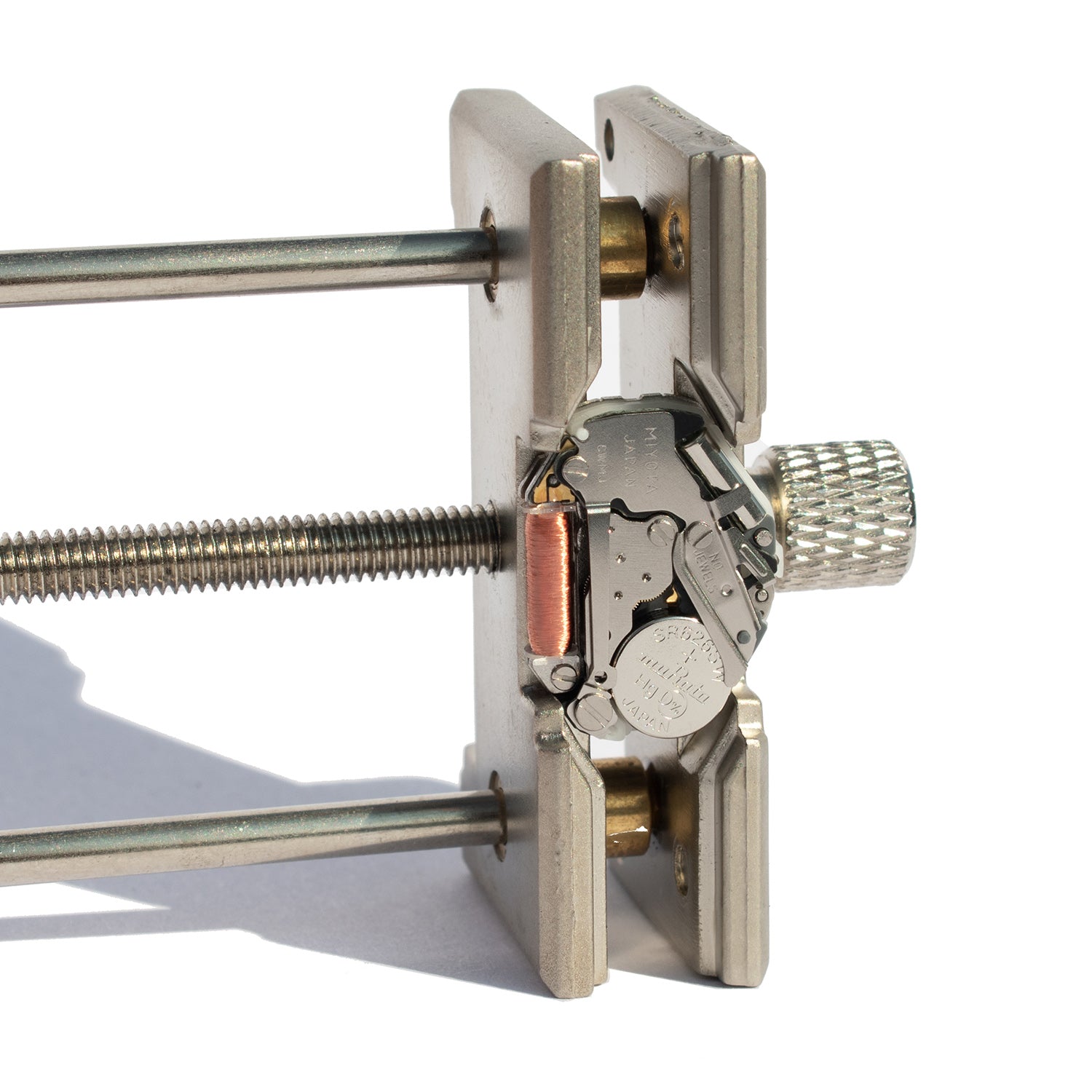
Exploring the Legacy of Omega Marine: The First Dive Watch
In 1932, Omega released a timepiece that would change underwater exploration forever. The Omega Marine wasn't just another waterproof watch. It was the world's first commercially available dive watch, specifically designed and tested for underwater use.
While the Rolex Submariner gets most of the attention today, the Marine came first by over two decades. This revolutionary timepiece established the scientific standards for dive watch testing. It proved that wristwatches could be reliable tools for underwater exploration.
The Marine's story begins with a problem. Rolex had patented the Oyster case in 1926, creating the first waterproof wristwatch. But the Oyster wasn't tested specifically for diving. It was waterproof, not dive-rated.
The Revolutionary Double-Case Design
Louis Alix of Geneva solved the waterproofing challenge with brilliant engineering. His Swiss patent CH 146310 created a completely new approach to water resistance. Instead of competing with Rolex's Oyster design, he invented something entirely different.
The Marine featured a revolutionary double-case construction. The inner case housed the movement, dial, and hands. The outer case provided the primary water protection. This design bypassed Rolex's patent completely while delivering superior underwater performance.
The genius lay in the pressure-activated sealing system. As the watch descended deeper underwater, increasing water pressure actually made the seal tighter. The cork gaskets (later rubber) compressed under pressure, creating better water resistance at depth.
The crown was positioned at the top like a pocket watch. It stayed protected within the outer case, eliminating the most vulnerable point for water entry. This unusual placement proved highly effective for underwater use.
First Scientific Dive Watch Testing
The Marine underwent the first verified depth testing of any wristwatch. In 1936, it was successfully tested at 73 meters in Lake Geneva. The Swiss Laboratory for Horology officially certified it to 135 meters depth in 1937.
These groundbreaking tests established scientific standards for dive watch qualification. Before the Marine, waterproof claims were largely marketing statements. The Marine proved its capabilities through rigorous scientific testing.
The watch featured extraordinary materials for the 1930s. The outer case used sapphire crystal, an incredible innovation for the time. Both stainless steel and 18k gold versions were available, showing Omega's commitment to both tool and luxury markets.
Adoption by Diving Pioneers
The Marine earned credibility through adoption by legendary underwater explorers. Commander Yves Le Prieur, inventor of the aqualung in 1925, chose the Marine for his diving expeditions. Dr. William Beebe, the American naturalist who revolutionized underwater exploration, also relied on the Marine.
These weren't just endorsement deals. These pioneers needed reliable equipment for dangerous underwater work. The Marine proved itself in real-world conditions where failure could mean death.
The watch's rectangular Art Deco styling reflected 1930s design trends while maintaining practical functionality. The clear, readable dial and robust construction made it ideal for professional use.
Technical Specifications and Innovations
The Marine introduced several innovations that became standard in dive watch design:
Double-case construction with pressure-activated sealing created superior water resistance. The inner movement case slid completely inside the protective outer casing.
Crown protection through internal placement eliminated the most common failure point for water resistance. Unlike external crowns that could be damaged or improperly sealed.
Sapphire crystal outer case provided scratch resistance and clarity underwater. This material was extremely rare and expensive in the 1930s.
Scientific testing standards established depth ratings based on actual performance rather than theoretical calculations.
Modern Legacy and Collector Value
Original 1930s Omega Marine watches command significant collector premiums today. Authentic examples sell for $4,595 to $6,955 depending on condition and provenance. The extreme rarity and historical significance drive these premium prices.
Omega honored the Marine's legacy with a limited Museum Collection reproduction in 2007. Only 135 pieces were made, commemorating the 135-meter certification depth. These reproductions originally cost $40,200 but now sell for $12,000 to $18,000 on the secondary market.
While vintage Marines cost thousands, modern watch enthusiasts can experience similar diving heritage. The Cabot Watchmaking Kit creates a professional dive watch with 10 ATM water resistance, rotating bezel, and automatic movement for just $225.
Experience the evolution of dive watch design with the Cabot Kit.
Why the Marine Design Was Discontinued
Despite its technical achievements, the Marine faced practical limitations that prevented widespread adoption. The winding process required removing the outer case, making daily use inconvenient. This design flaw limited its appeal to serious divers rather than general consumers.
The double-case construction also made the watch significantly thicker than conventional timepieces. While this didn't matter underwater, it affected everyday wearability on land.
These practical limitations led Omega to develop the more user-friendly Seamaster line in 1948. The Seamaster incorporated lessons learned from the Marine while offering improved daily usability.
Impact on Modern Dive Watch Development
The Omega Marine established fundamental principles that continue to influence dive watch design today. Scientific depth testing, legible underwater displays, robust construction, and specialized timing functions all trace back to the Marine's innovations.
Modern Omega continues this legacy with cutting-edge achievements. The Seamaster Planet Ocean Ultra Deep Professional accompanied the record-breaking dive to the Mariana Trench in 2019, reaching depths of 10,928 meters.
Current Omega dive watches like the Seamaster Diver 300M cost $4,000 to $26,000 depending on materials and complications. Planet Ocean models start around $6,500. Professional Ploprof series range from $8,600 to $16,300.
The Marine's Lasting Historical Significance
The Omega Marine proved that wristwatches could serve as professional underwater tools. Before 1932, divers relied on pocket watches inside diving helmets. The Marine demonstrated that wrist-worn timepieces could handle extreme underwater conditions.
This breakthrough influenced every subsequent dive watch design. From the Rolex Submariner to modern Seamasters, all trace their conceptual DNA back to the 1932 Marine's pioneering innovations.
Understanding the Marine's legacy helps appreciate what makes exceptional dive watches. Water resistance testing, legible displays, robust construction, and precise timing capabilities all started with Omega's revolutionary 1932 timepiece.
For collectors and enthusiasts, the Marine represents both historical significance and investment potential. It's a tangible link to the birth of professional diving equipment and the evolution of specialized tool watches.
FAQ
Q. What made the Omega Marine historically significant as the first dive watch?
The Omega Marine was the first wristwatch specifically designed, tested, and certified for underwater diving. Its 1936 testing to 73 meters in Lake Geneva and 1937 certification to 135 meters by the Swiss Laboratory for Horology established scientific standards for dive watch qualification that continue today.
Q. How did the Marine's double-case design work?
The Marine featured an inner case housing the movement that slid completely inside a protective outer casing. Cork gaskets (later rubber) sealed the system, and the design actually became more watertight under increasing water pressure. The crown was positioned at the top within the outer case for protection.
Q. Why was the Omega Marine discontinued despite its innovations?
The Marine's double-case design made winding inconvenient because it required removing the outer case. The thick construction also affected daily wearability. These practical limitations led Omega to develop the more user-friendly Seamaster line in 1948.
Q. How much do vintage Omega Marine watches cost today?
Authentic 1930s Omega Marine watches sell for $4,595 to $6,955 depending on condition and provenance. The 2007 Museum Collection reproduction originally cost $40,200 but now sells for $12,000 to $18,000 on the secondary market due to extreme rarity.
Q. What diving pioneers wore the Omega Marine?
Commander Yves Le Prieur (inventor of the aqualung in 1925) and Dr. William Beebe (American naturalist who revolutionized underwater exploration) both chose the Marine for their diving expeditions. These endorsements from legendary explorers established the Marine's credibility as professional diving equipment.
Q. How does the Marine compare to modern dive watches?
While the Marine achieved 135-meter water resistance, modern dive watches routinely exceed 300 meters. However, the Marine's innovations like scientific testing standards, crown protection, sapphire crystal, and pressure-activated sealing established principles still used in contemporary dive watch design.


